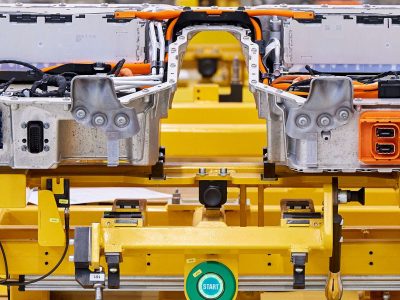It is now obvious to everyone that using a car generates pollution. But how many people think that a smartphone or a computer can harm the environment?
Energy consumption is not really designed to last (2 to 3 years of use, on average), these devices come from extensive and polluting supply chains. If the trade and the use of electronic devices are globally quite harmful for the planet, one must also take into account the extraction of raw materials, their transformation and their assembly. Then the transport to the final customer.
According to the 2017 ClickinClean report, the digital industry emits as much CO² as the aviation sector worldwide.
To add insult to injury, devices are packed with a variety of components that make recycling them extremely complex. Brands such as Hellozack or Black Market offer a new life to aging devices, but this is not enough. From now on, it is necessary to include the environmental stakes from the design phase. The figures are there: every year, between 45 and 55 million tons of new and irrecoverable electronic waste pile up on the planet, particularly in the emerging countries of Africa and Asia.
To fight against this phenomenon, Acer has just announced its Aspire Vero. The latter is made of recycled plastic and riveted with standardized screws (to replace defective components more easily), the product will be marketed next September.
But the Taiwanese manufacturer is not the only one to make efforts. Last year, the American HP launched the Elite Dragonfly, a laptop based on plastics recovered from the ocean. 82% of its parts come from recycled materials.
Everything indicates that manufacturers are working hard to find eco-friendly ideas for computer cases, but no real solution has yet been found for the rare metals that make them up, such as nickel, cobalt or lithium. To be continued.









